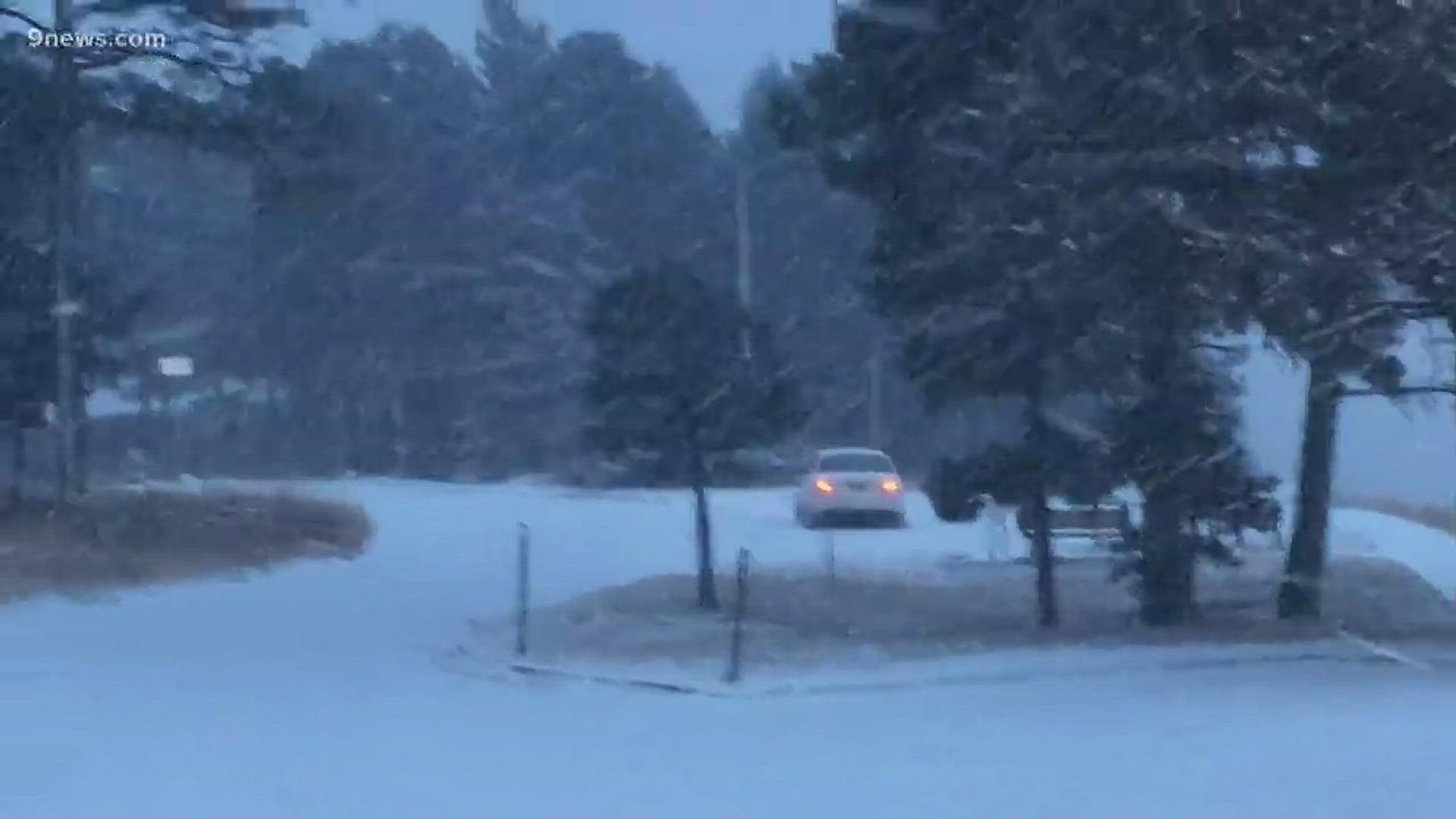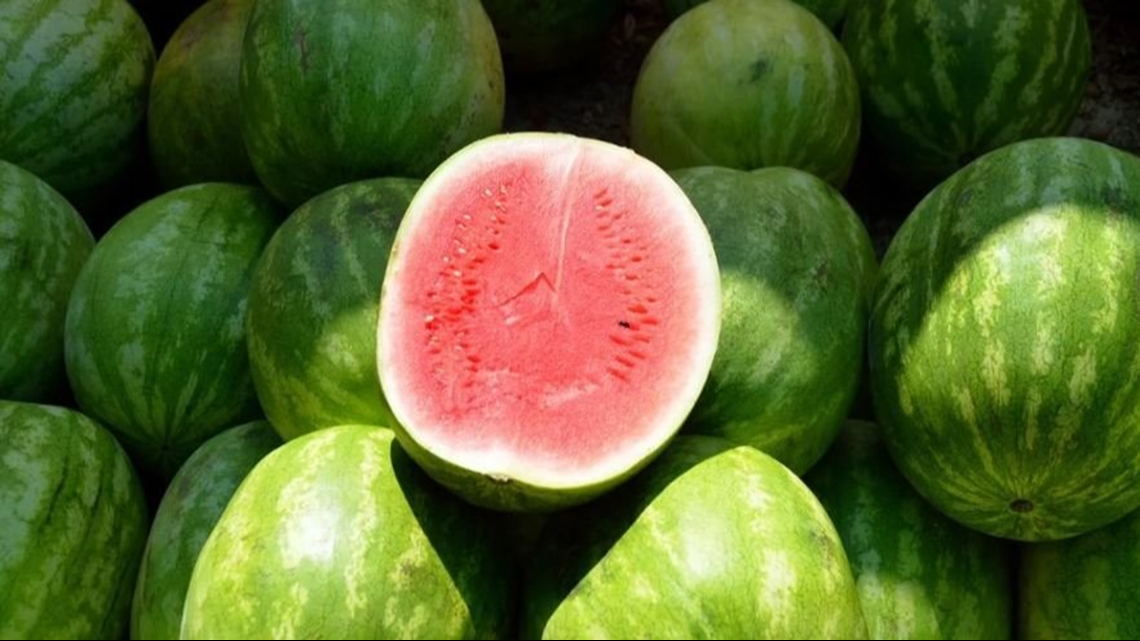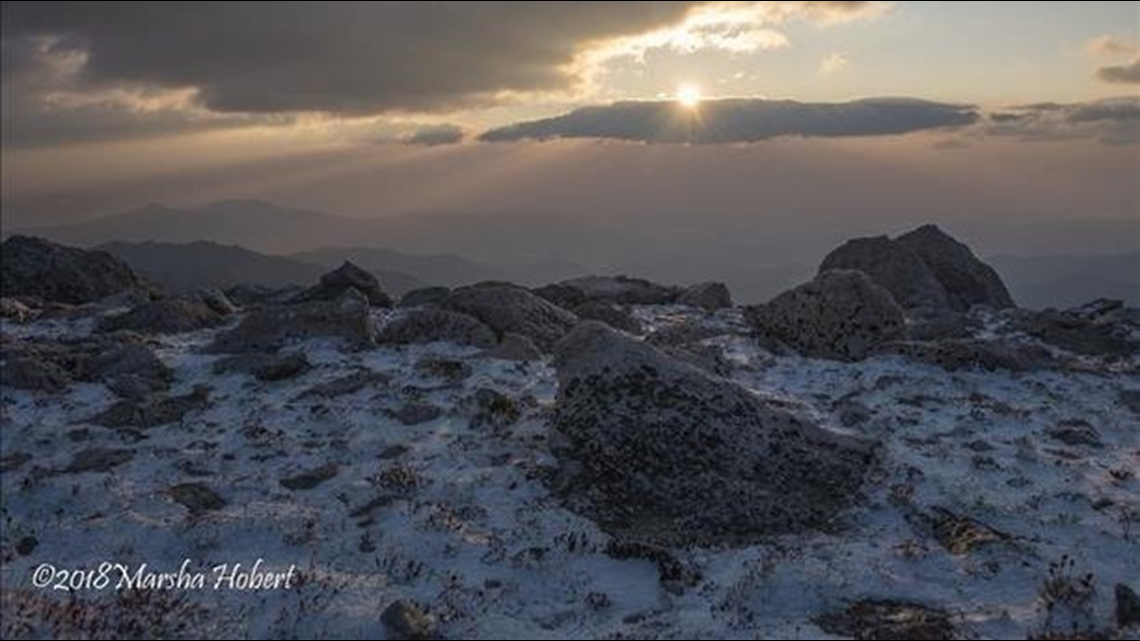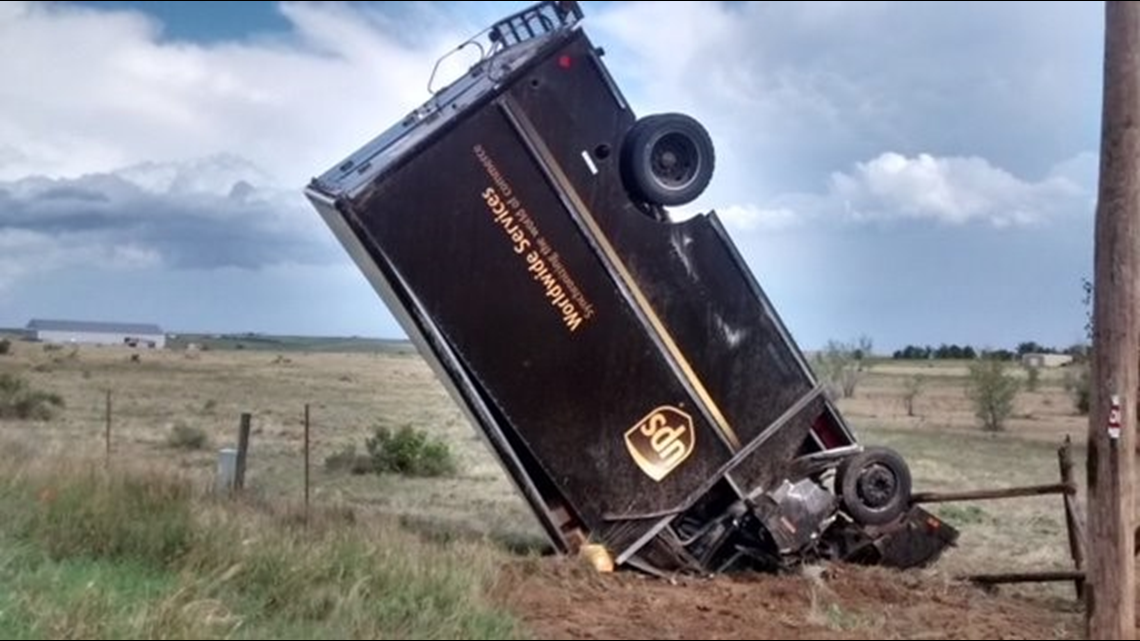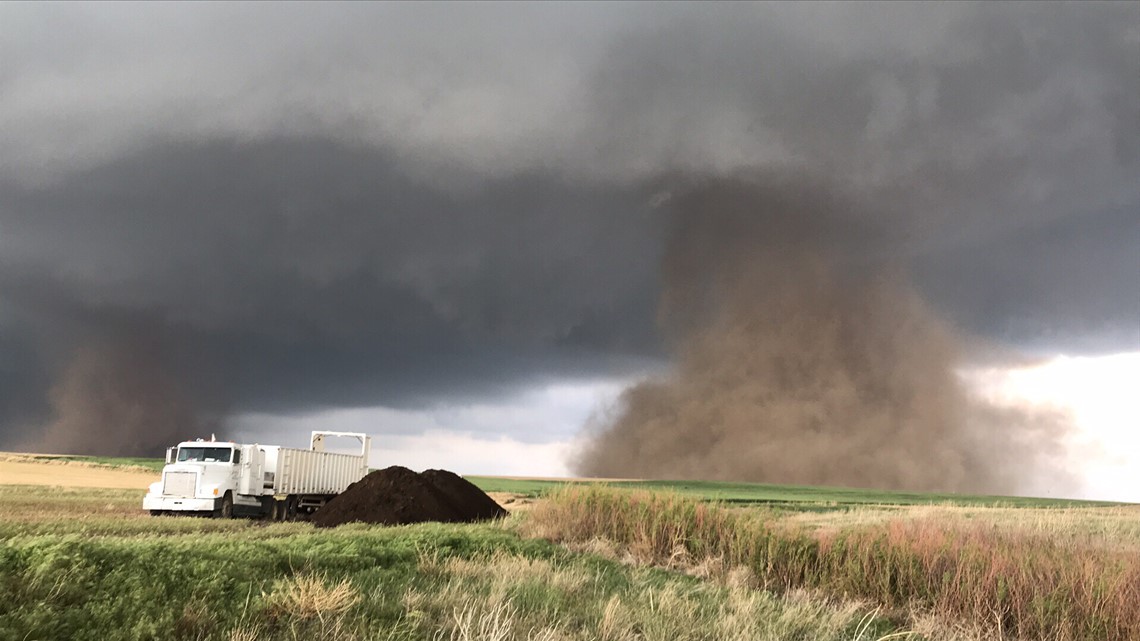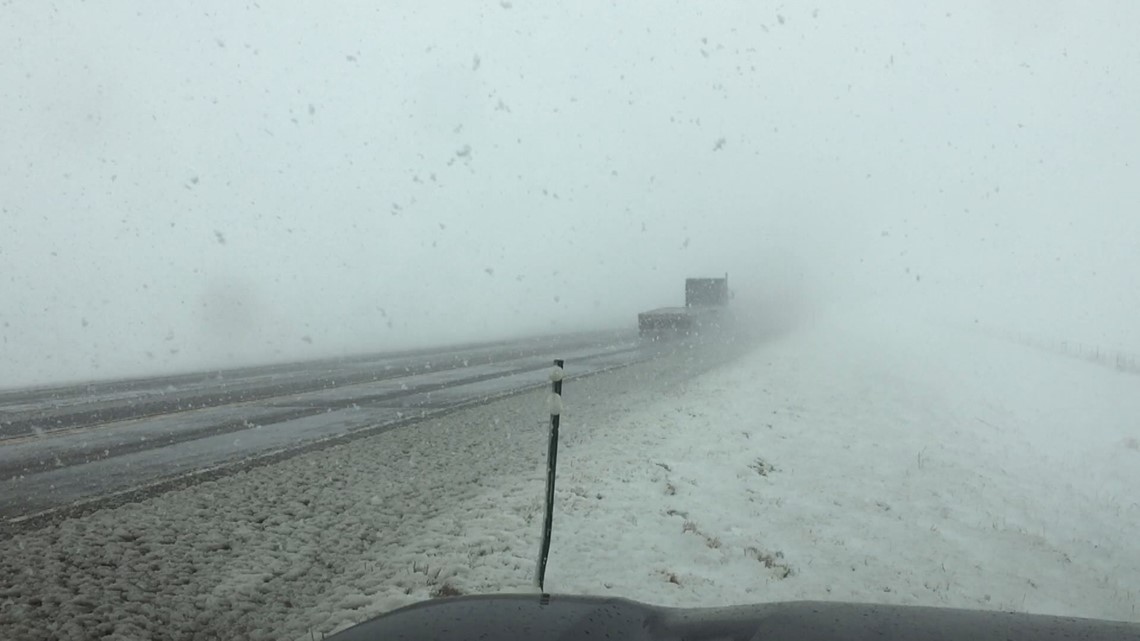The start of 2019 has us looking back on the previous year's weather for a possible guide to what to expect in the next 12 months.
Below is a month-by-month recap of Colorado weather.
DECEMBER:
Snow filled the sky in the Denver metro on the last day of December. It wasn’t much, and it was the only measurable snow for the entire month, leaving Denver with its fourth-least snowy month on record.
Despite closing out the month with six days in a row of below average temperatures, Denver finished December 2.5 degrees warmer than average.
NOVEMBER:
Snow dominated the weather chatter in November, but not on the Front Range. The Colorado high country got hit with several massive and frequent snow storms.
Headlines like these spread to a public hungry for snow after one of the worst ski seasons ever in 2017-18:
"Most early season snow at Loveland Ski Area in their 81 year history'"
"Most early season terrain opened at Crested Butte"
'"Second earliest opening of Blue Sky Basin at Vail"
"Earliest opening of the Imperial Superchair at Breckenridge"
OCTOBER:
For the second year in a row, a powerful October snowstorm graced the Denver area with early snow. It triggered thoughts of a possible snowy season ahead, but that 2.7 inches on Oct. 14 remains Denver’s biggest storm of the season by the close of 2018. It cleared out just before the Broncos lost to the Los Angeles Rams at home.
The next day on Oct. 14, Denver broke a record low with a temperature of 18 degrees. Several other locations in northeastern Colorado hit record cold as well.
SEPTEMBER
It was record warmth in September. Denver broke record highs on back to back days - the 13th and 14th.
Persistent drought brought on a slightly early start and peak to our fall colors, but the Colorado gold was just as stunning as ever. Apples, peaches and melons seemed to like the warm dry summer, yielding near-record crops.
AUGUST:
August was a month of transition in Colorado. Severe weather drew near an end, but hail still accumulated like snow on the streets, and the stones were sometimes big. The Cheyenne Mountain Zoo got hit with hail bigger than baseballs on August 6.
Colorado usually sees its first snow in the mountains in August. In 2018, it was on August 17.
JULY:
The southwest monsoon started to activate, and in Colorado that means heavy rain, wind and tornadoes. Brush got hit with two EF-2 tornadoes on July 29.
Two days earlier, a pair of tornadoes hit east Arapahoe County and another was spotted in Elbert County.
JUNE:
On the first day of June, the 416 Fire ignited in southwest Colorado. It was just the first of many wildfires that would burn the second-most ground in Colorado history.
The Spring Creek Fire, the second-largest individual fire in Colorado history, sprang up on June 27. The damaging Weston Pass fire started the next day.
MAY:
May is the traditional start of severe weather season in Colorado, and supercell thunderstorms were spotted marching across the plains once again this year.
Colorado weather produces 50 tornadoes a year on average. 2018 would only sprout 25 of them, but 14 of those hit on the same day - Memorial Day - including twin tornadoes in Kit Carson County witnessed by a family at close range.
APRIL:
The southwest Colorado drought was first elevated to the "exceptional" level on April 17, a standing that will hold all the way into 2019.
Sort of contradictory to drought, a classic Colorado prairie blizzard struck the eastern plains on April 13, stranding 9NEWS storm chaser Cory Reppenhagen in Akron for two days.
JANUARY, FEBRUARY, MARCH:
March is typically the snowiest month of the year for the Colorado Front Range, but 2018 left Denver with just 4.8 inches, its fifth-lowest all-time.
January and February were just as unimpressive snow-wise. Denver finished the snow season with the fifth-lowest total in history with just 25.7 inches of snow.
Snow in the high country was poor last winter too, with some of the lowest snowpack levels in recorded history.
SUGGESTED VIDEOS | Science is cool

